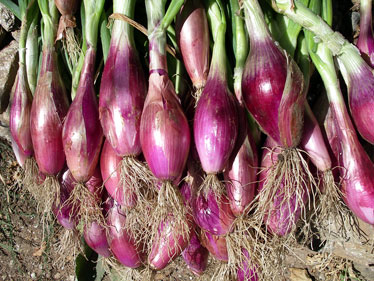
Introduction
Porphyria cutanea tarda (PCT) is the most common subtype of porphyria.[1] The disease is named because it is a porphyria that often presents with skin manifestations later in life. The disorder results from low levels of the enzyme responsible for the fifth step inheme production. Heme is a vital molecule for all of the body's organs. It is a component of hemoglobin, the molecule that carriesoxygen in the blood.
Hepatoerythropoietic porphyria has been described as a homozygous form of porphyria cutanea tarda,[2] although it can also be caused if two different mutations occur at the same locus.
Signs and symptoms
Porphyria cutanea tarda (commonly referred to as PCT) is recognized as the most prevalent subtype of porphyritic diseases.[3]
The disease is characterized by onycholysis and blistering of the skin in areas that receive higher levels of exposure to sunlight. The primary cause of this disorder is a deficiency of uroporphyrinogen decarboxylase (UROD), a cytosolic enzyme that is a step in the enzymatic pathway that leads to the synthesis of heme. While a deficiency in this enzyme is the direct cause leading to this disorder, there are a number of both genetic and environmental risk factors that are associated with PCT.[4]
Typically, patients who are ultimately diagnosed with PCT first seek treatment following the development photosensitivities in the form of blisters and erosions on commonly exposed areas of the skin. This is usually observed in the face, hands, forearms, and lower legs. It heals slowly and with scarring. Though blisters are the most common skin manifestations of PCT, other skin manifestations like hyperpigmentation (as if they are getting a tan) and hypertrichosis (mainly on top of the cheeks) also occur. PCT is a chronic condition, with external symptoms often subsiding and recurring as a result of a number of factors. In addition to the symptomatic manifestation of the disease in the skin, chronicliver problems are extremely common in patients with the sporadic form of PCT. These include hepatic fibrosis (scarring of the liver), cirrhosis, and inflammation. However, liver problems are less common in patients with the inherited form of the disease.[5] Additionally, patients will often void a wine-red color urine with an increased concentration of uroporphyrin I due to their enzymatic deficiency.[6]

 Onions produce the volatile chemical irritant known as syn-propanethial-S-oxide. It stimulates the eyes' lachrymal glands so they release tears. Scientists used to blame the enzyme allinase for the instability of substances in a cut onion.
Onions produce the volatile chemical irritant known as syn-propanethial-S-oxide. It stimulates the eyes' lachrymal glands so they release tears. Scientists used to blame the enzyme allinase for the instability of substances in a cut onion.
 daily intake of 35 grams of raw onion along with our food is recommended as it can prevent many entero-gastric diseases,there are as many benifits that we cant count them on fingers
daily intake of 35 grams of raw onion along with our food is recommended as it can prevent many entero-gastric diseases,there are as many benifits that we cant count them on fingers

 Do you know the most common sources of caffeine? Well, maybe two of the sources aren't too hard to name -- coffee and tea leaves. But did you know kola nuts and cocoa beans are also included among the most common caffeine sources? And do you know how much caffeine content can vary from food to food? Turns out it's quite a lot actually, depending on the type and serving size of a food or beverage and how it's prepared.
Do you know the most common sources of caffeine? Well, maybe two of the sources aren't too hard to name -- coffee and tea leaves. But did you know kola nuts and cocoa beans are also included among the most common caffeine sources? And do you know how much caffeine content can vary from food to food? Turns out it's quite a lot actually, depending on the type and serving size of a food or beverage and how it's prepared.


 calcium
calcium If you already have
If you already have